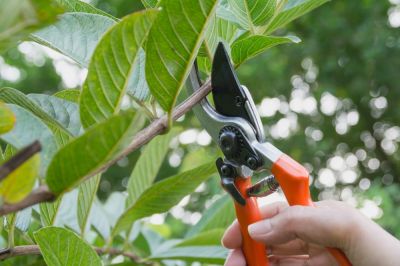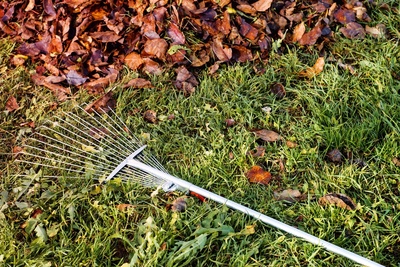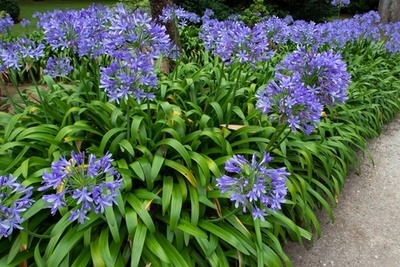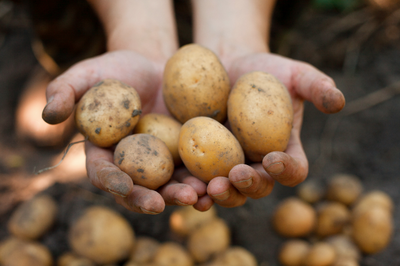
Why should we prune trees and shrubs?
Pruning shrubs and trees gives them a better shape, encourages new growth and more fruit and flowers, and removes old deadwood. Knowing when to prune is just as important as knowing which branches to cut, and pruning at different times of the year will affect your plants. Here’s a brief guide to the differences between summer and winter pruning.
Summer pruning
In general, pruning plants in summer when they are fully growing tends to reduce their vigour, so it’s a useful way of restricting the size of over-vigorous trees and shrubs.
Some shrubs and trees need to be pruned in summer rather than at any other time of year. Trees in the Prunus family, including plum, cherry, damson and flowering cherry trees, should only be pruned in summer to reduce the risk of silver leaf disease. This is a fungal disease spread by airborne spores in May and September, so summer pruning gives the pruning cuts time to heal while no spores are floating around to infect them.
Spring-flowering shrubs like forsythia, weigela and philadelphus produce flowers on shoots produced the previous year, so pruning too late in the year risks cutting off these shoots, reducing the next year’s flowering. Summer pruning gives these plants time to produce next year’s shoots before their growth slows down for winter.
Apple and pear trees trained as fans, espaliers and cordons are also pruned in summer, cutting back vigorous new growth so that sunlight can ripen the fruit.
Winter pruning
Pruning is often easier in winter, as many trees and shrubs lose their leaves, making it easier to see dead or damaged branches that need to be removed.
Some plants, such as Japanese maples, can only be pruned in winter, as they bleed too much sap if they are pruned during their growing season. Birches are best pruned between autumn and mid-winter to avoid excessive sap bleeding. Free-standing apple and pear trees are pruned in winter to encourage them to produce vigorous new fruit-bearing shoots.
As a rule, winter pruning encourages vigorous new growth in spring, so it’s a good time to prune deciduous shrubs that have become overgrown and unproductive (but check first on the specific pruning requirements for each shrub).
Pruning tips
Whether you’re pruning in summer or winter, these tips will help you achieve the best results:
- Make sure your secateurs or loppers are sharp so that they make a clean cut.
- When pruning, cut just above a bud, making a cut slanting away from the bud so that rainwater runs off the cut face easily.
- Work slowly and keep standing back to check how much you’ve cut off. Remember, you can’t put it back!
Need new pruning tools? You’ll find secateurs, loppers and a range of other tools in our centre, as well as everything else you need to keep your garden looking good this summer.



